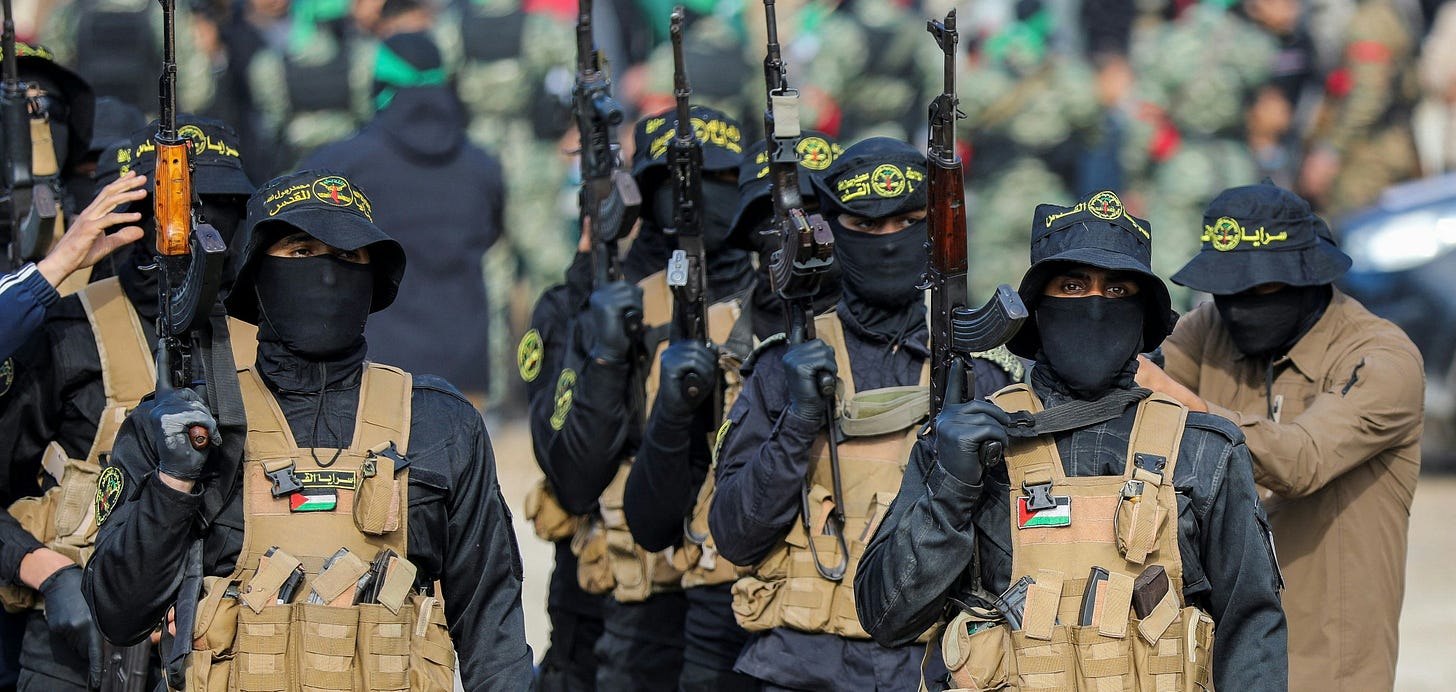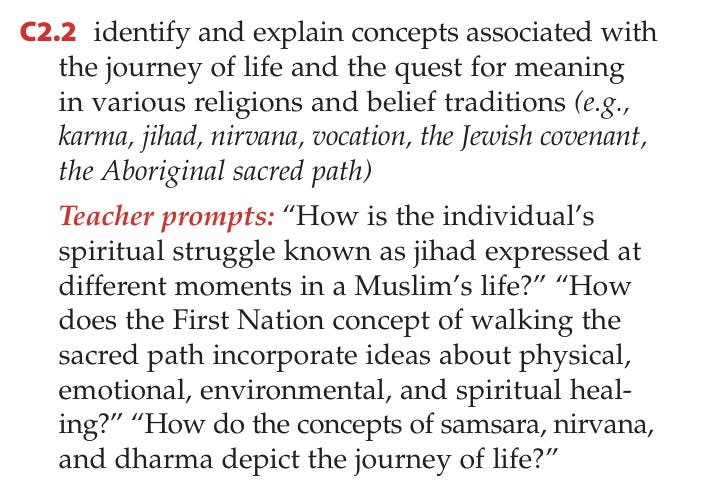Ontario’s high school curriculum downplays jihad, ignores history of terror
The official Ontario secondary school curriculum encourages educators to teach jihad as a “spiritual struggle,” omitting the global terrorism carried out in its name.
By Melanie Bennet
The official Ontario secondary school curriculum encourages educators to teach jihad as a “spiritual struggle,” omitting the global terrorism carried out in its name, and instructs teachers to examine “misconceptions about jihad” and “media portrayals of jihad.”
The curriculum also describes jihad as “the quest for meaning,” and includes a teacher prompt that asks students how the “spiritual struggle known as jihad expressed at different moments in a Muslim’s life?” There is no mention of the terrorism and violence perpetrated under the banner of jihad by extremist movements such as Hamas, ISIS, Boko Haram, or al-Shabaab.
True North contacted the Ministry of Education to ask whether this framing aligns with current policies and its “back to basics” approach, but the ministry did not respond before publication.
Ministry policies require schools to provide a safe, inclusive learning environment that respects human rights and teachers to discuss controversial issues with balance and multiple perspectives, while the equity plan emphasizes evidence-based instruction that does not create a “poisoned environment” for any group.
You won’t find stories like this in legacy media. Become a Juno News premium subscriber today to support bold, fearless independent journalism. Subscribe this Thanksgiving weekend and save 20% off!
The framing of jihad in the curriculum mirrors a recent federal report on Islamophobia. Amira Elghawaby, the special representative on combating Islamophobia, released a 60-page guide earlier this year defining jihad as a personal or metaphorical struggle and attributes Islamophobia to “Canada’s painful legacy of colonialism, racism, hate, and discrimination.”
Jihad has been used to justify violent campaigns worldwide. According to the Global Terrorism Database, 60,000 to 70,000 terrorist attacks were motivated by jihadist ideology worldwide over the last 20 years, one-third of the total number.
In Canada, only a handful of attacks have been carried out in the name of jihad, including the 2014 Saint-Jean-sur-Richelieu car-ramming, the 2017 Edmonton attack, and the Toronto 18 bomb plot in 2006.
Tamara Gottlieb, co-founder of the Jewish Educators and Families Association, told True North the omission of jihad’s violent history is concerning.
“When the curriculum asks students to reflect on jihad only as an internal or spiritual struggle, it removes the historical context of how the term has been used by violent groups,” Gottlieb said. “Teachers need to be equipped to explain both meanings so that students understand the difference between theology and terrorism.”
She added that this kind of teaching could have an unintended impact on Jewish students. “Since October 7, Jewish educators have seen a rise in antisemitic incidents. When lessons ignore the reality of jihadist violence against Jews, it sends a message that their fear isn’t valid,” she said.
Deborah Lyons, Canada’s special envoy on preserving Holocaust remembrance and combating antisemitism, released a report earlier this year detailing how antisemitism has spread into classrooms. Her study found that Jewish students across multiple Ontario school boards have faced bullying, graffiti, and intimidation tied to global conflicts.
The research that underlines the Lyon report found that much of the antisemitic harassment and bullying in schools stemmed from antisocial behaviour among certain Muslim students influenced by online and geopolitical tensions following October 7.
Gottlieb said that educators are increasingly caught between curriculum expectations and community realities. “Teachers are told to promote inclusion, but inclusion doesn’t mean erasing facts. It means addressing them honestly,” she said.
True North asked the Ministry of Education whether it believes the curriculum is appropriate, given the documented rise in antisemitic hate incidents against teachers and students since October 7. The ministry did not respond.








They start by indoctrinating the students. The article below refers to a couple of studies done to high school students regarding Marxist ideology.
https://fee.org/articles/the-long-shadow-of-communist-indoctrination/
Here's an ending quote from this article:
"Both the Finnish and Polish experiences point to something deeper. A curriculum that glorifies conformity and downplays agency shapes economic outcomes, molding their sense of purpose.
As free societies debate what to teach in schools, these findings offer a warning: the ideas we plant in young minds don’t stay in the classroom. They grow into lifelong choices."
I know this curriculum was about religion and not economy but I think you can draw similar conclusions.
How about, if they want true Diversity, Equity and Inclusion the curriculum also include questions like, "How does baptism by immersion impact the life of Christians?" "How does tithing of income impact Christian families?" Should Churches, Synagogues and Mosques all be subject to the same taxation rules by governments?